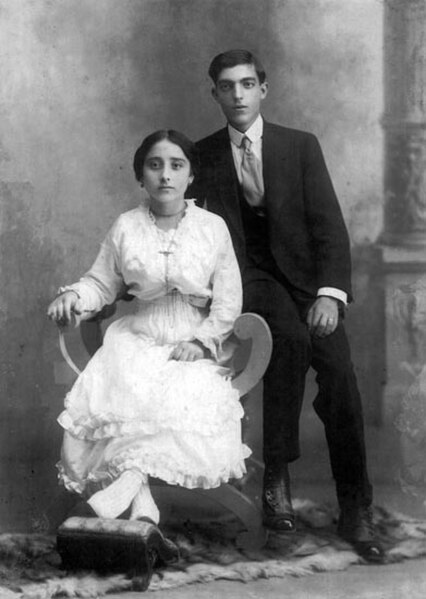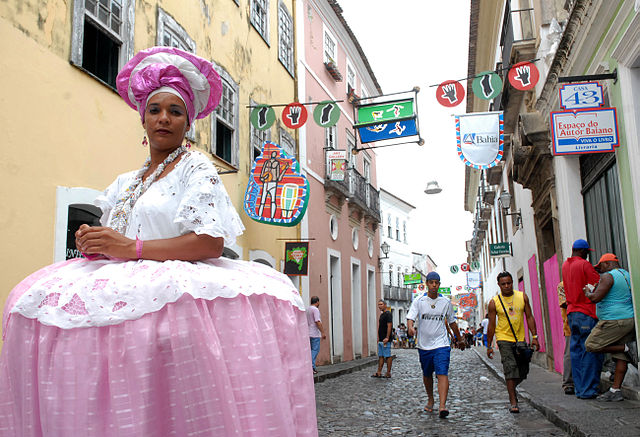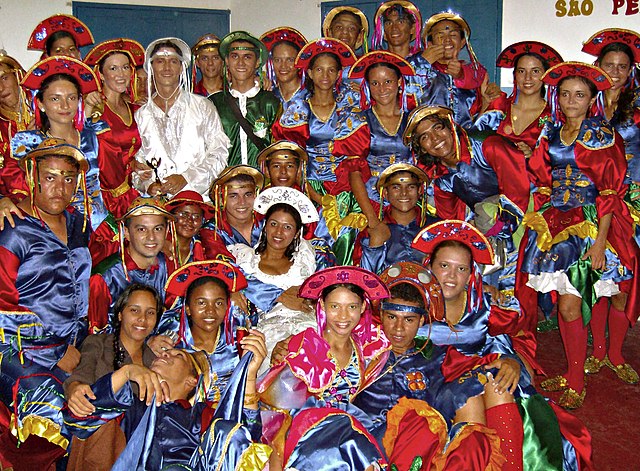Afro-Brazilians are Brazilians who have predominantly sub-Saharan African ancestry. Most members of another group of people, multiracial Brazilians or pardos, may also have a range of degree of African ancestry. Depending on the circumstances, the ones whose African features are more evident are always or frequently seen by others as "africans" - consequently identifying themselves as such, while the ones for whom this evidence is lesser may not be seen as such as regularly. It is important to note that the term pardo, such as preto, is rarely used outside the census spectrum. Brazilian society has a range of words, including negro itself, to describe multiracial people.
Recife was the first slave port in the Americas.
Afro-Brazilians dancing a jongo, c. 1822
Punishing slaves at Calabouço, in Rio de Janeiro, c. 1822
Painting by Jacques Etienne Arago titled Slave punishment (1839), in Brazil's Museu Afro Brasil
Brazilians are the citizens of Brazil. A Brazilian can also be a person born abroad to a Brazilian parent or legal guardian as well as a person who acquired Brazilian citizenship. Brazil is a multiethnic society, which means that it is home to people of many ethnic origins, and there is no correlation between one's stock and their Brazilian identity.
The Brazilian people are multi-ethnic. First row: White (Portuguese, German, Italian and Arab, respectively) and Japanese Brazilians. Second row: Black, pardo (cafuzo, mulato and caboclo, respectively) and Native Brazilians.
Portuguese immigrant couple in São José do Rio Preto (1887).
Typical dress of women from Bahia
Brazilians from Belém, Paraíba, with typical clothes.








